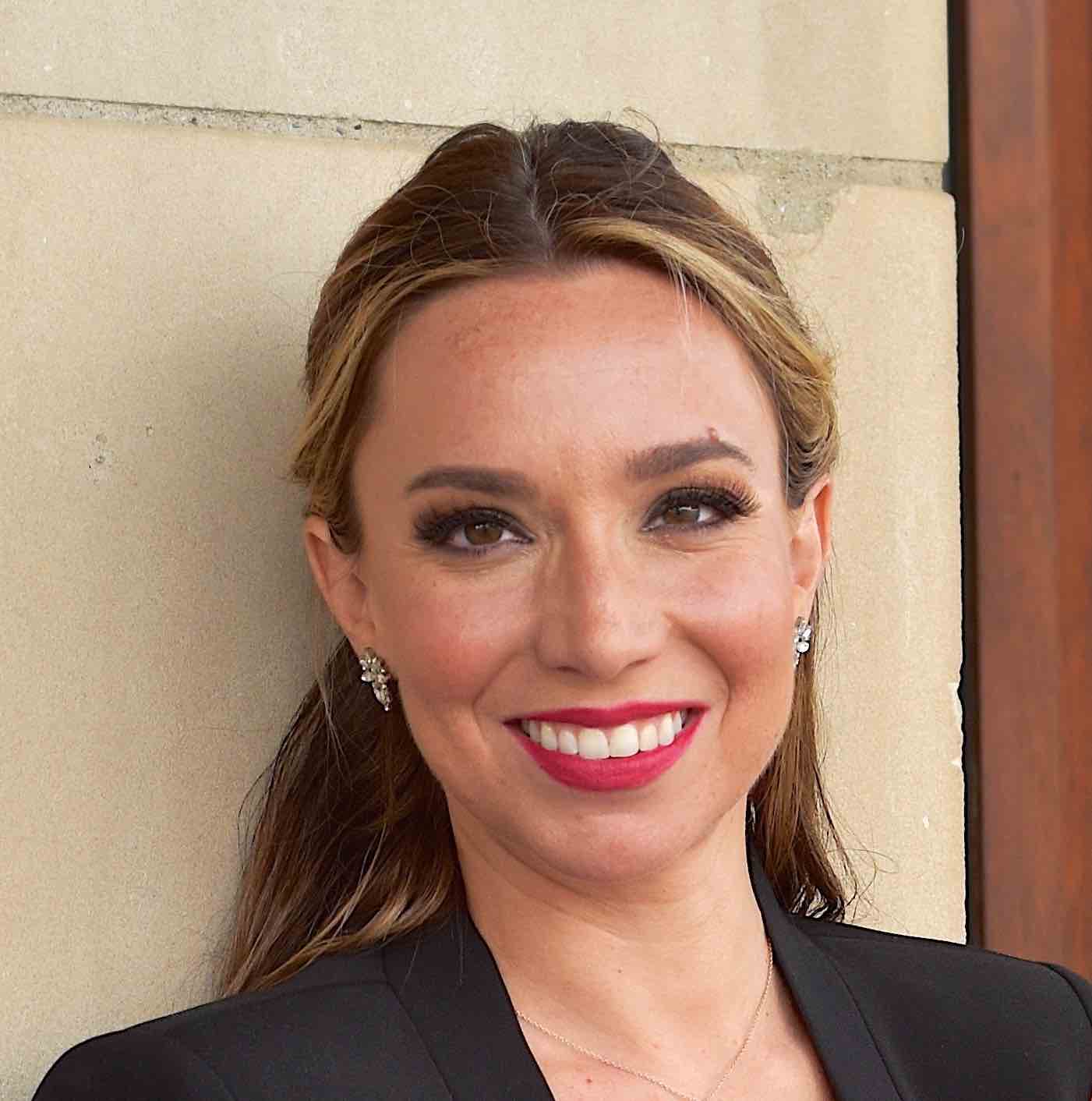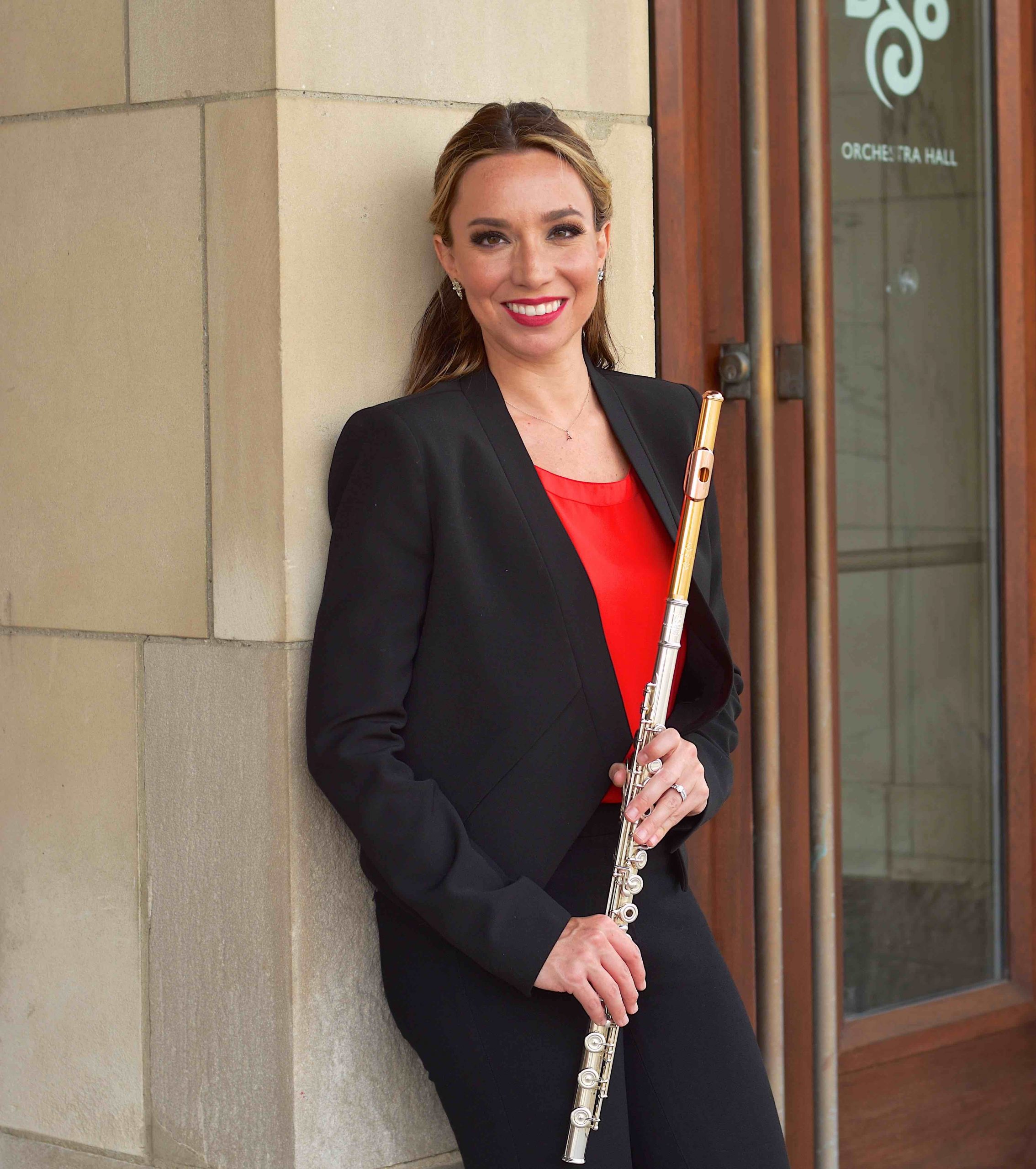Recently, I tried a new preparation technique for preparing orchestral excerpts for auditions. This method was developed by the Audition Hacker Bootcamp spearheaded by Rob Knopper and Noa Kageyama. This method has several stages which help you to prepare past any doubt that you will play perfectly.
In the first phase of this audition preparation, you listen to recordings of each excerpt while taking in-depth notes. I scoured all over YouTube, iTunes, and Spotify for the best recordings from the greatest orchestras in the world: Berlin, London, Vienna, New York, etc.. And if you are preparing for a specific audition you should also listen to the recordings from that specific orchestra.
For each recording, I challenged myself to describe as much as I could in my notes, listening 2-3 times through each: what did the flute sound like? How rigid or free was the interpretation? What did the recording sound like– did it have a crackly sound or did it sound more recent? Did it rush at all or was it steady? Where were the breaths? I also listened closely to tone quality, phrasing, and even the other instruments—how the bassoon took the melody and passed it to the clarinet, for example, and whether I was an accompanying line or the most important melody. For this reason, it is best to follow along with the score in order to absorb the harmonic structure and instrumentation.
The second time I listened through, I paid close attention to the tempo, tapping my metronome all along. After listening through to all ten recordings, you then find the mean and median tempo to take as your own for practicing. However, this can always be adjusted based on personal preference or current performance practice.
I actually made a mistake not to adjust a tempo to my needs in my most recent audition, which left me not performing it to my best ability. After having listened to Saint-Saens’ Carnival of the Animals, I found that the median tempo was 160 bpm, faster than what I typically played in my auditions (156 bpm). While not a big difference, it was fast enough to take me out of my comfort zone in the audition. Therefore, find the average tempo, but take into consideration what you will perform it at best, even if it’s a few clicks faster or slower.
While this research phase can be quite time-consuming, I found that listening to each recording multiple times helped me to absorb the orchestral context and play each excerpt with more understanding. Keeping detailed notes about each recording also made it much easier to determine which one became my favorite, as it likely contained a flutist with a great tone, steady pulse, and the average tempo most committee members would be expecting.
In combination with lesson notes throughout the years, these documents can be great sources of information for all future auditions. So all of that time spent will help you for years to come!
Revised and edited by Claire Thompson, PhD.
#practicing

Amanda Blaikie
Amanda Blaikie is the 2nd Flute of the Detroit Symphony Orchestra. Previously she was the Principal Flute with both the Michigan Opera Theatre Orchestra and the Sarasota Opera in Florida.
Amanda earned a Professional Studies Degree at the Manhattan School of Music under the tutelage of Robert Langevin. She regularly performs at the Detroit Chamber Winds & Strings, Great Lakes Chamber Music Festival, New Music Detroit, Cut-Time Players, and the WRCJ Classical Brunch Series.



Comments are closed.